RHINOSHIELD TH x Visit the Van Gogh Museum Virtually

What would life be like if we didn't have the courage to do anything ?
–Words from Vincent van Gogh to his brother Theo, December 29, 1881
Welcome to the Van Gogh Museum Virtual Tour! In this article, we share the inspiration behind the new case collection and take you on a journey to discover a little piece of Vincent van Gogh’s world and artistic journey.
This RHINOSHIELD x Van Gogh Museum collection is a small part of our desire to encourage everyone to have the “courage to do anything” like Van Gogh did, and we have selected pieces with distinctive painting styles to represent important points in his career.
This series that we are presenting will allow us to discover Van Gogh's unique style with a variety of techniques.
Biography of Vincent van Gogh
Vincent van Gogh (1853-1890) was one of the most influential Dutch artists in the world. Although his artistic career was short, lasting only a decade, from 1880 until his death in 1890, he is widely regarded as a multi-talented artist.
Over the course of a decade, Van Gogh harnessed his passion to create an impressive body of work, including more than 850 oil paintings and 1,300 line drawings, which have been preserved, as well as numerous watercolors, lithographs and sketches.
Throughout his life, Van Gogh wrote hundreds of letters to his brother Theo and to family members and friends as an important means of communication and expression of his feelings. Much of Van Gogh's life story and thoughts are informed by his letters.
As a painter, he was largely self-taught, learning from textbooks, lessons at the Brussels and Antwerp art academies, visiting museums, and advice from fellow artists. He honed his craft, adapting it to modern French art. Over the years, he developed his own distinctive and unique style of painting, characterized by expressive brushwork and vibrant colors, which inspired and influenced generations of artists.
After Van Gogh's death, people became interested in his art and were fascinated by his tragic life story, his disappointments, his lack of acceptance, his illness, and his suicide.
A multi-talented artist
Some of the designs in this collection include small portraits or representative works of art, demonstrating Van Gogh's range as an artist and his continued efforts to express his current self through painting.
'Someone has said - and I am quite willing to believe it - that it is difficult to know yourself - but it is not easy to paint yourself either.' - Vincent van Gogh to his brother Theo, 5 September 1889
Self-Portrait with Gray Felt Hat


Van Gogh painted this self-portrait while he was in Paris in the winter of 1887–88. He had studied the technique of the Pointillists and applied it to his style. He moved the colors in different directions, radiating outwards as he traced the outline of the head. The painting is one of Van Gogh's most daring experiments with color in Paris.
He uses a long brush to lay down complementary colors, blue and orange as the background, red and green on the beard and eyes, the rich colors blending together, as the red pigment fades, the purple strokes turn blue, contrasting with the yellow without being too stark.
Courtesan (after Eisen)

Van Gogh copied and adapted a portrait of a courtesan by the Japanese artist Keisai Eisen, which appeared on the cover of the magazine "Paris illustré" in 1886, into his own style. He used bright colors and a sharp outline, as if it were a woodcut. Her hair and the belt (obi) she wore, tied at the front of her kimono, indicated that she was a courtesan. Van Gogh replaced the background from the cherry blossoms in the original painting with lotus flowers in a pond, along with bamboo stalks, cranes and frogs. There is a hidden meaning to this painting. Grue (crane) and grenouille (frog) are French slang words for 'prostitute'.
Head of a Skeleton with a Burning Cigarette

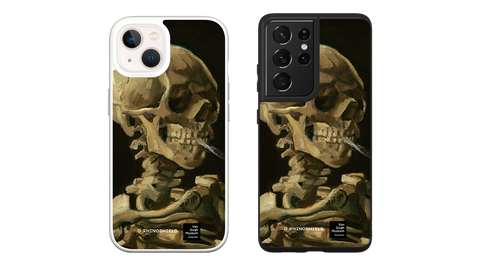
The skeleton with a lighted cigarette in its mouth is a satirical painting that Van Gogh painted as early as 1886 while studying at the Academy of Arts in Antwerp. The painting shows that he had a good understanding of anatomy. Although drawing a skeleton was a standard academy exercise and was not part of the curriculum, he used his free time to create this painting.
Skull



In this monochrome skull painting, Van Gogh used gradients of color to create the painting. As he studied the use of color, he asked himself, “How can I create such an appealing painting in this way?” He used a technique of glossing the surface of the skull with zigzag strokes of white paint.
Bridge in the Rain (after Hiroshige)



Van Gogh was a fan of the Japanese woodblock prints, which produced vibrant colors and striking compositions. He used them in his painting A Bridge in the Rain, which was influenced by the prints of the famous Japanese artist Utagawa Hiroshige. However, Van Gogh created a variation on this by intensifying the colors. The painting was painted on a standard-sized canvas, and he wanted to maintain the proportions of the original print and leave out the outlines. He added Japanese characters that he had copied from other prints.
The Pink Peach Tree




Van Gogh painted many orchards during his first week in Arles, France. He also completed a similar painting at the same time, in which he wrote: 'I have painted No. 20 on a canvas in an open orchard. A neatly ploughed purple field, a natural reed fence, two pink peach trees against a blue sky and white clouds. It is perhaps the best view I have ever painted.' When he returned home, he saw the death notice of his cousin, Anton Mauve (1838-1888), a famous painter with whom Van Gogh had studied. He dedicated his first work to Mauve and later painted a new one for Theo.
Sunflowers



Van Gogh's Sunflowers are among his most famous paintings. He painted them in Arles, a city in southern France, in 1888 and 1889. He painted five large canvases of Sunflowers in a Vase, in three shades of yellow. These paintings proved that monochrome painting could create and express a variety of works of art. "The Sunflowers", he wrote, "have a special meaning for him, and are a way of expressing his gratitude." Van Gogh hung the first two paintings in the room of his friend, the painter Paul Gauguin, who lived with him for a while in the Yellow House. Gauguin was very impressed by Van Gogh's sunflowers, which he thought were a representation of Van Gogh. Van Gogh painted new paintings while his friend was there, and Gauguin asked for one as a gift, but Vincent refused. He later painted two more, which are now in the Van Gogh Museum.
Almond Blossom





The blossoming flowers, the large branches against the sky, were among Van Gogh's favorite works. Almond blossoms in spring symbolize the arrival of new life. Van Gogh used naturalistic figures and landscapes in the Japanese technique of painting. This painting was a gift to his younger brother Theo and sister-in-law Jo to congratulate them on the birth of their youngest son, Vincent Willem.
Theo wrote in the letter, 'As we told you before, we will name him after you and hope that he will have the same determination and courage as you.' And of course, the painting remains in the heart of the Van Gogh family and is also collected by Vincent Willem in the Van Gogh Museum.
Irises




Van Gogh painted this bouquet in a psychiatric hospital in Saint-Rémy. Most of his paintings are based on the use of powerful color contrasts. In this painting, purple is used for the flowers against a yellow background, making them stand out even more. The original iris was purple, but as the red pigment faded, it turned blue. Van Gogh made two paintings of this bouquet, in another painting he used purple and pink for the flowers against a green background.
Wheatfield with Crows


Wheatfield with Crows is one of Van Gogh's most famous paintings. It is often said to be his last. The cloudy sky, the large flock of crows soaring across the sky, and the three-way fork with no visible end have been said to symbolize the end of his life.
But that was just a widely circulated story, because he actually created many other works after this one. Van Gogh wanted the wheat field under a stormy sky to convey 'sadness, extreme loneliness', but at the same time he wanted the wheat field to represent 'health and strength in the countryside'. Van Gogh used rough brushwork mixed with paint, contrasting the blue sky with the yellow wheat, and the red path with the green strips of grass.
See the world through the eyes of Vincent van Gogh
Vincent van Gogh was a post-impressionist painter whose work had a profound influence on 20th century art – his artwork focused heavily on the people and places around him. Throughout his artistic journey, he absorbed influences from the masters of his day and incorporated them into his craft to create cutting-edge artwork. From portraits of workers at simple tasks, everyday objects and stunning landscapes, we introduce you to the legendary artist through a different lens with our new RHINOSHIELD x Van Gogh Museum design. Show the world through the eyes of Vincent van Gogh, through a selection of his works, featuring scenes from everyday life and landscapes, as well as paintings by Monet, Lepère, Hokusai and Hiroshige, who deeply influenced his art.Montmartre: Windmills and Allotments
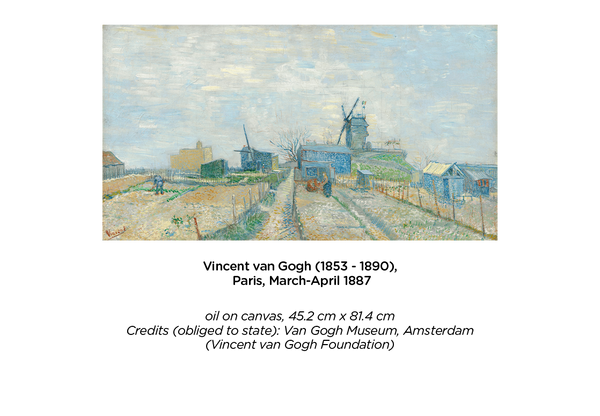
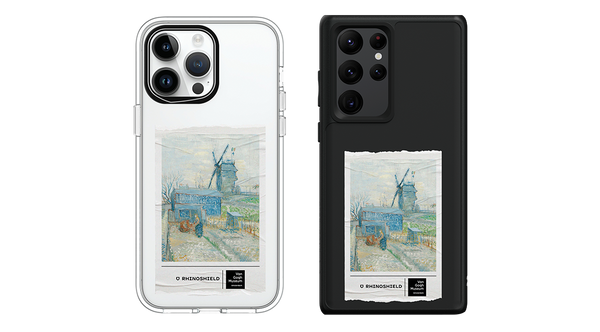
In Paris, Van Gogh often painted beautiful windmills on the slopes of Montmartre. At that time, Montmartre was still partly a rural area with gardens and farmsteads. Van Gogh hoped the subject would sell well, and he used bright, pure colors - the whites of the fields and the bright blues of the huts - to express the sunlight in this landscape. Using very diluted oils, Van Gogh made the work appear translucent and matte. He also chose an unusually elongated canvas that created the effect of a wide-angle lens, spreading out the paths and gardens and drawing our eye to the horizon.
Kingfisher by the Waterside
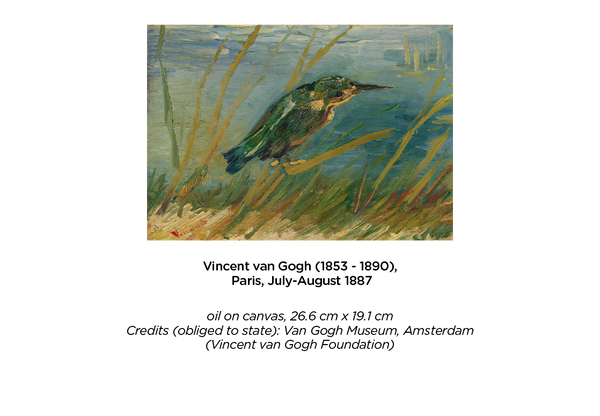
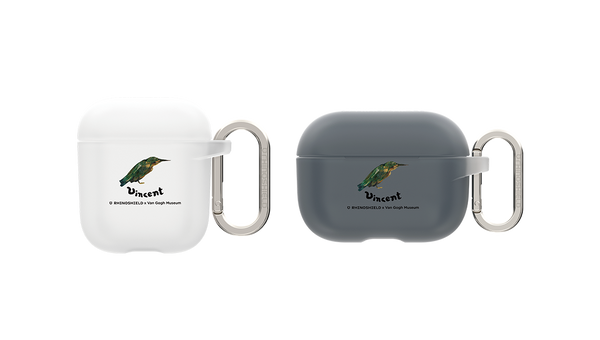
Van Gogh had a preserved kingfisher, and this painting of the kingfisher sitting by the water looking for fish. When comparing this painting to the bird on the mountain, we notice a couple of differences. Van Gogh made the tail a little longer, which may have balanced out the raised beak. He also had the bird's feet perched on a reed. The bright blue feathers of the kingfisher look a little dull here.
Sprig of Flowering Almond in a Glass
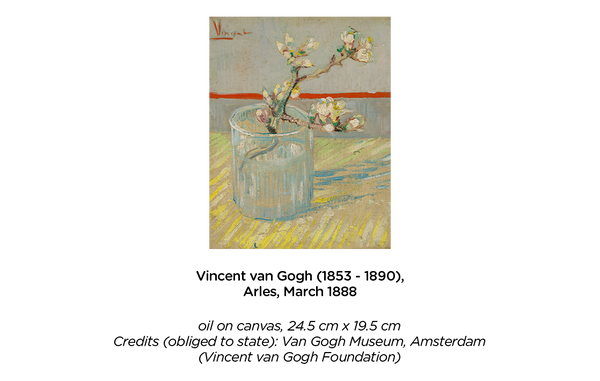
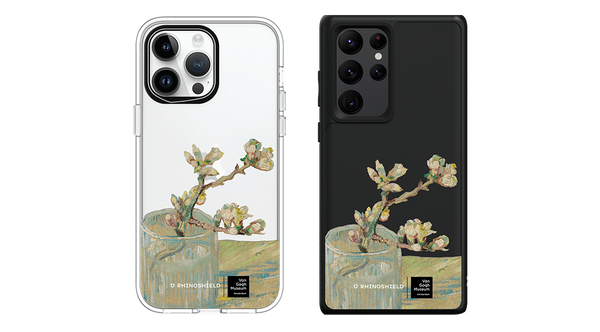
Van Gogh used a red line to divide the plane of the picture and used the same red to sign a small painting of almond branches, the first almond trees to bloom in spring. When Van Gogh arrived in Arles, France, there was still snow on the ground, and on March 2, more than a week later, he wrote to his brother: 'Here is a heavy frost, and in the countryside there is still snow. I have studied a white landscape with a city in the background, and then a little research on two almond branches in full bloom. ' After that, Van Gogh began work on a large series of paintings of flower gardens: almonds, peaches, plums and pear trees.
Seascape near Les Saintes-Maries-de-la-Mer
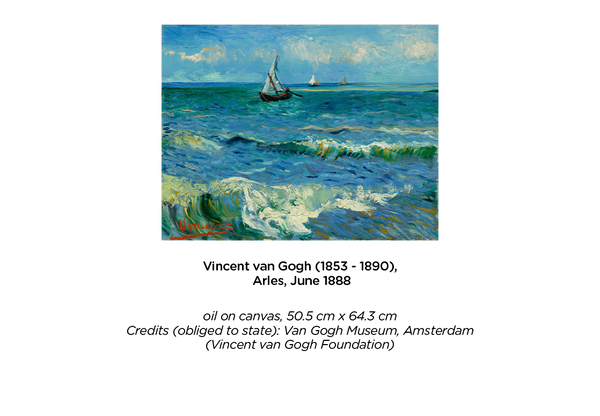
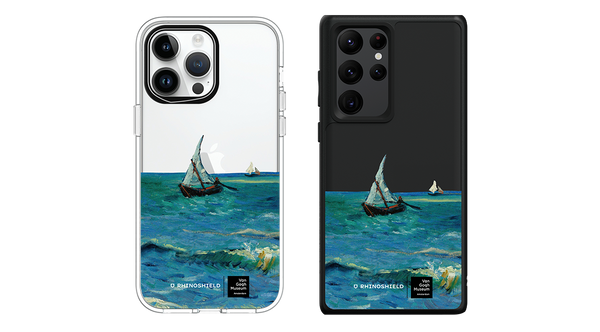
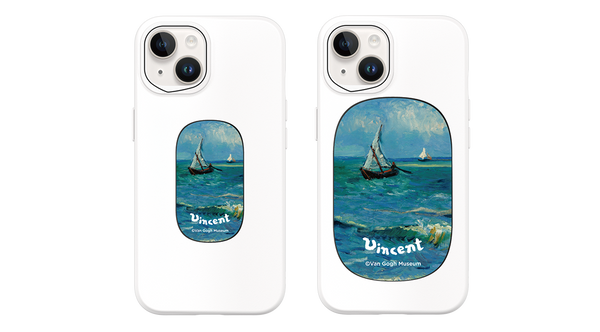
We can tell that Van Gogh painted this sea view from the beach because sand is found in the layers of paint, which were made in the fishing village of Les Saintes-Maries-de-la-Mer during his voyage from Arles in the south of France. In addition to the blue and white paints he applied to the canvas with thick strokes, he also used greens and yellows to create waves. He applied these colors with a palette knife, beautifully capturing the effect of light filtering through the waves. Van Gogh was fascinated by the colors of the Mediterranean Sea. He writes that it 'has a mackerel-like colour, or in other words a change - you may not have known before that it was green or purple - you may not have known before that it was blue - because in the next second its reflection has changed into a shade of pink or grey.' The bright red signature is prominently placed in the foreground: it is intended to be 'a red note in a green.
The Harvest
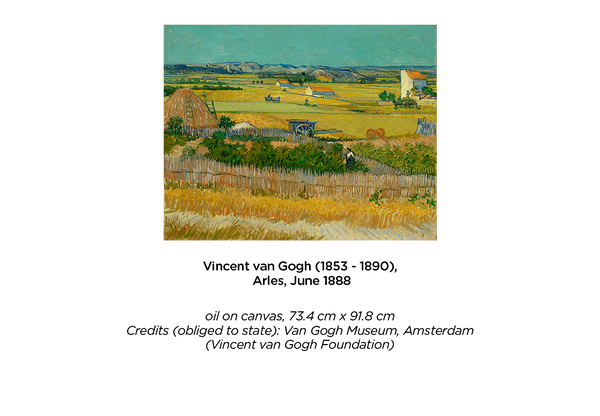
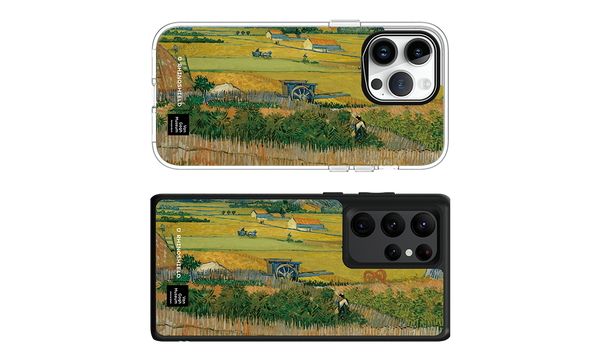
You can feel the drought and heat in this painting of the flat landscape around Arles in southern France. Van Gogh combined the blues of the sky with yellows and greens of the land to capture the atmosphere of this summer. He spent days working in the wheat fields under the scorching sun. This was a very productive period, he painted ten paintings and five drawings in just one week, until a severe storm ended the harvest. Van Gogh wanted to show the life of farmers and working the land, a recurring theme in his art, and painted several stages of the harvest. We see a half-mown wheat field, a ladder and several carts. The harvesters work in the background. That is why he titled the work La moisson, or 'The Harvest'. Van Gogh considered it to be one of his most successful paintings. He wrote to his brother Theo, 'The canvas will destroy everything else.
Fishing Boats on the Beach at Les Saintes-Maries-de-la-Mer
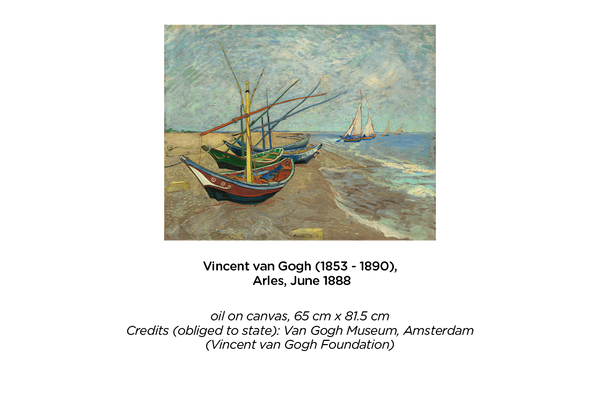
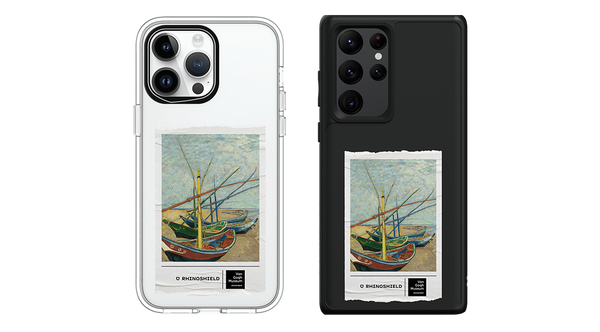
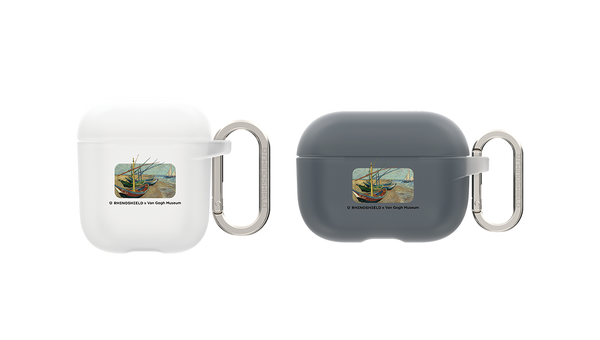
Can anyone see why these fishermen's boats look a little unreal? Compared to the rough surface of the sand, these boats are painted in a very two-dimensional way. They consist of uniform areas of color within a solid outline. Also, the boats do not cast shadows on the beach. Van Gogh was familiar with these stylistic elements from his collection of Japanese prints. Van Gogh would have liked to paint this picture on the beach, but he could not, because the fishermen went out to sea early every morning. He painted the boats there, but later painted it at home.
The Yellow House (The Street)
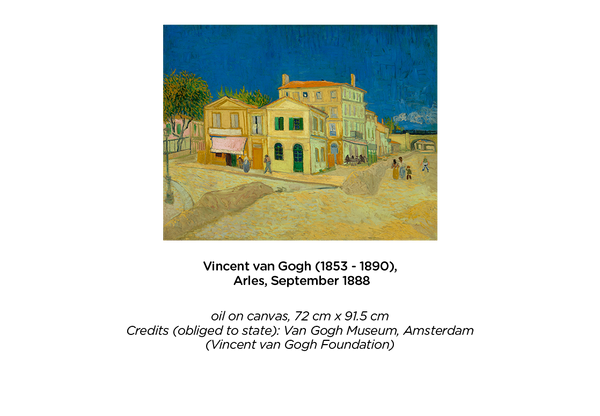
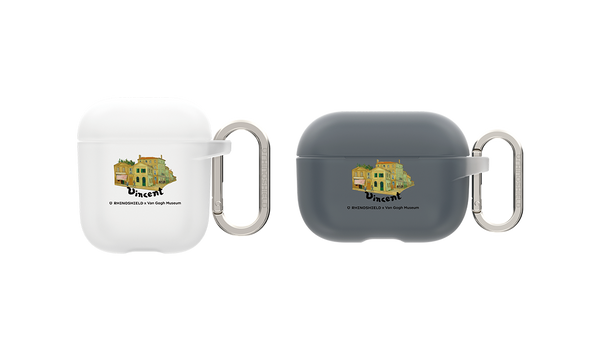
In May 1888, Van Gogh rented four rooms in the Place Lamartine in Arles (southern France). The green square windows in this painting are where he lived. Soon after moving into the 'Yellow House' , he sent Theo a description and his sketches: 'It is wonderful. These yellow houses are in the sunlight and the incomparable freshness of the blue.' This piece, which Van Gogh called 'The Street', recorded the artist's immediate environment. He often ate at the restaurant on the left, and the house of his friend, the postman Joseph Roulin, was beyond the second railway bridge. Vincent finally found a place in the Yellow House where he could not only paint, but also his friends could stay. His plan was to turn the yellow corner building into an artist's home, where like-minded painters could live and work together.
Sketch of Starry Night Over the Rhone
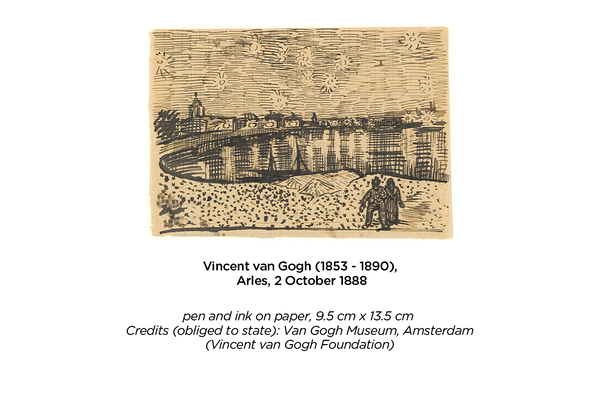
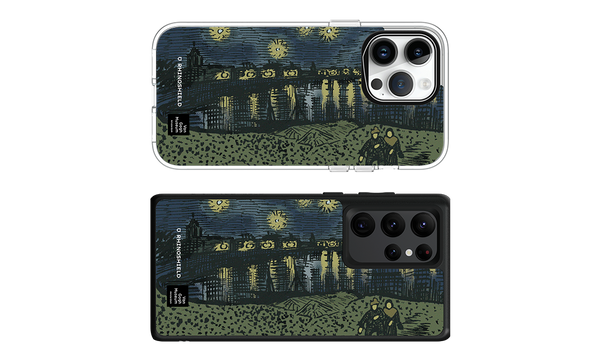
This is a sketch of the famous painting 'Starry Night Over the Rhône', which is in a letter from Vincent van Gogh to Eugène Boch, and was originally a crossed out and unsent letter written by van Gogh to Gauguin.
The Outskirts of Koshigaya in Musashi Province, from the series Thirty-Six Views of Mount Fuji
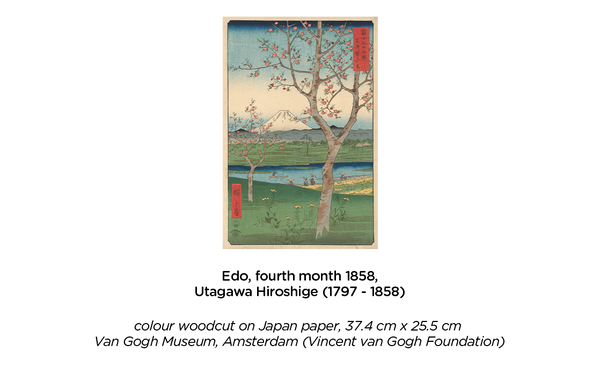
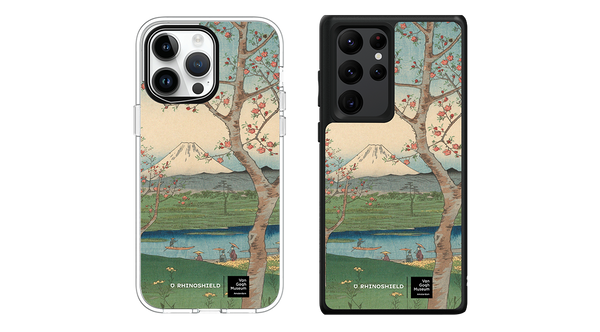
Thirty-six Views of Mount Fuji (富士三十六景 Fuji Sanjū-Rokkei) are the names of two series of woodblock prints by Japanese ukiyo-e artist Hiroshige, depicting Mount Fuji in different seasons and weather conditions at different locations and distances. The 1852 series, published by Sanoya Kihei, is in landscape form, using the chūban style, while the 1858 series is in the portrait ōban style and published by Tsutaya Kichizō. Hokusai had previously dealt with the same subject in two of his own series, Thirty-six Views of Mount Fuji, produced from 1830 to 1832, and One Hundred Views of Mount Fuji, published in three volumes between 1834 and 1849. This print shows Mount Fuji from Musashi Province in modern Kanagawa, and was part of a second series from 1858.
Cherry Blossoms and Shrike
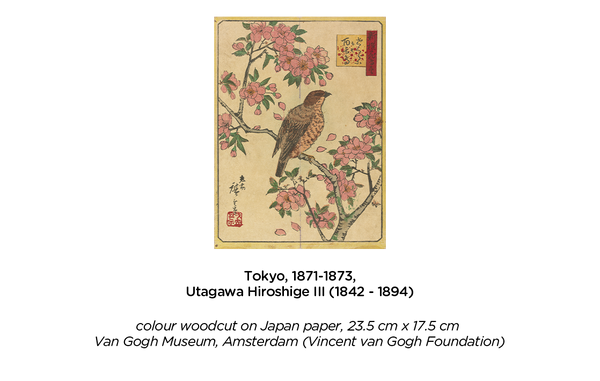
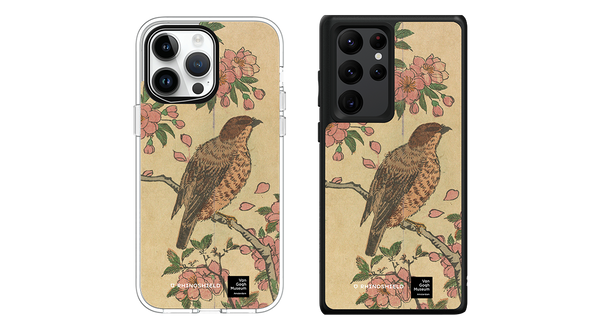
Van Gogh was inspired by a type of Japanese print called kashoka, in which Japanese artists often took their subjects from nature, such as prints from the series Flowers and Birds. These were traditionally shared images, sometimes with poetry. In Japan, the colorful prints were used as interior decorations, mounted on walls or as partitions. Van Gogh also hung Japanese prints on his walls. He loved the attention to detail that you will see in his work.
Tulip Fields near The Hague
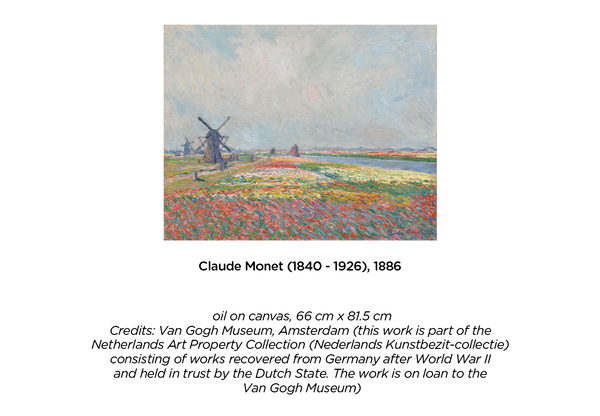
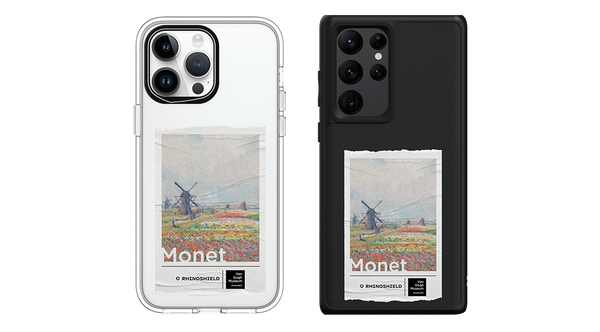
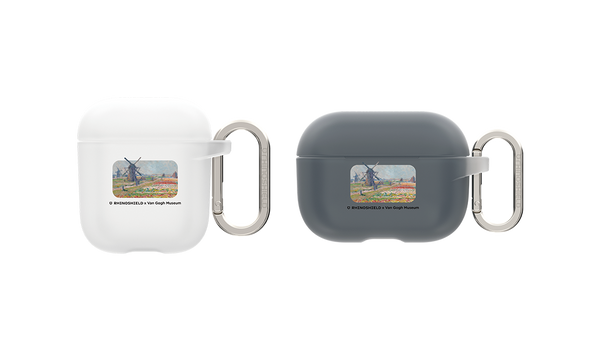
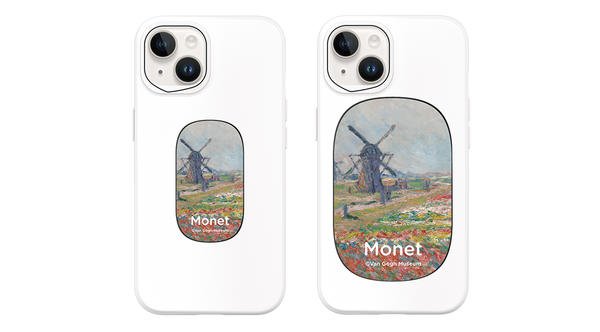
(This work is part of the Netherlands Art Property Collection (Nederlands Kunstbezit-collectie), which consists of works recovered from Germany after World War II and entrusted to the Dutch state. The work is on loan to the Van Gogh Museum.) Claude Monet was deeply impressed by the colorful fields of bulbs in Holland. In the early spring of 1886, he wrote to a friend that the painting was "impossible to express with our poor colors." Monet had been to the Netherlands before, but he first painted The Sea of Flowers. Back in Paris, he sold the painting through the art dealer Boussod, Valadon & Cie., where Theo van Gogh worked. It is quite possible that his brother Vincent saw it there. Vincent gradually came to appreciate Monet's rapid brushwork and vibrant colors.
The Palais de Justice, Seen from the Pont Notre-Dame
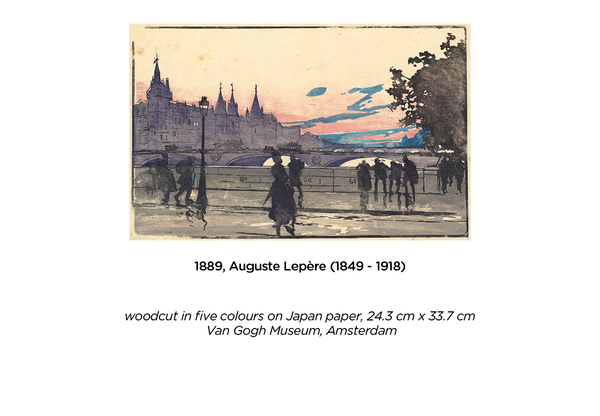
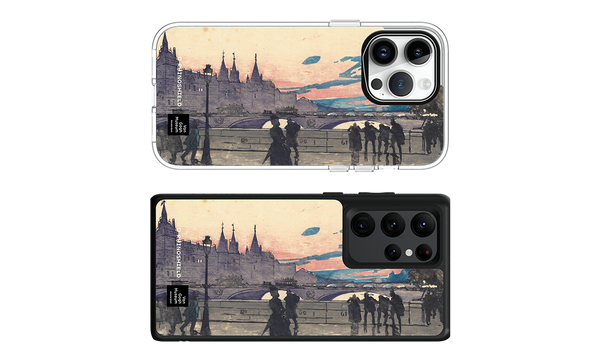
Auguste Lepère was born and worked in Paris, and by 1889, when “The Palais de Justice” was created, Lepère had become one of the most famous printmakers of his generation. With delicate fluid colors printed on smooth, glossy paper, this woodcut demonstrates Auguste Lepère’s technical mastery of Japanese woodcuts, which were very popular in France in the 1800s. It is particularly reminiscent of the work of Utagawa Hiroshige, whose atmospheric compositions often involve figures crossing bridges. This Eastern influence was simultaneously held by Vincent van Gogh and Claude Monet.
Inspiring the next generation
It is an honor for us to have the opportunity to bring Van Gogh's work to a wider audience, in the most durable shockproof case, with quality printing before shipping directly to your hands. We sincerely hope that this collection inspires everyone to try new skills, explore new hobbies, and from now on, there will be no failures, only valuable experiences.
Check out the full RHINOSHIELD x Van Gogh Museum shockproof case collection here.
Learn more about Van Gogh's life and work on the Van Gogh Museum's official website here.